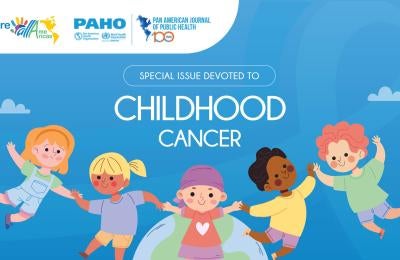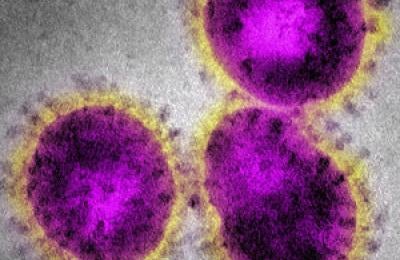Disruption of health services for pregnant women, newborns, children, adolescents, and women during the COVID-19 pandemic: ISLAC 2020 Project
Objective
Describe the perceptions of key actors regarding the disruption of health services for populations that ceased to be prioritized because of the COVID-19 pandemic—pregnant women, newborn, children, adolescents, and women—in countries of Latin America and the Caribbean (LAC) during the first stage of the
pandemic.














